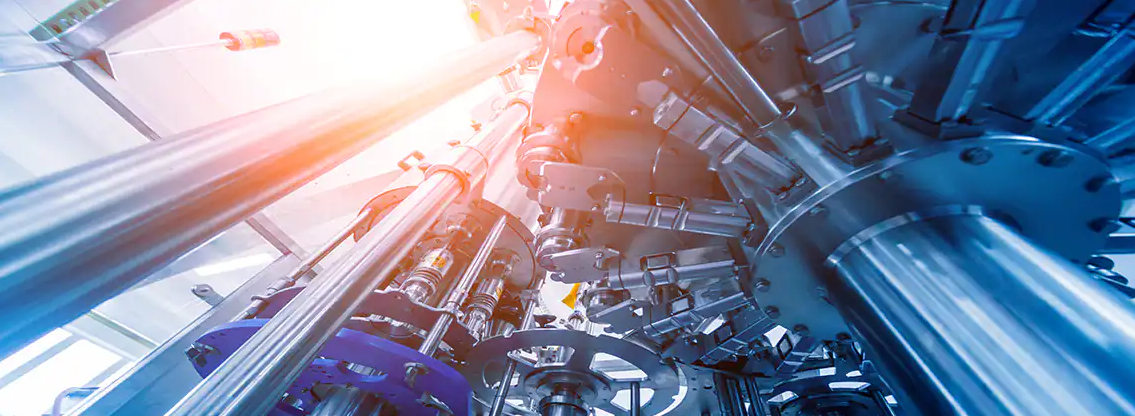Aluminum is one of the most versatile and widely used materials in various industries, thanks to its lightweight, durability, and excellent thermal conductivity. When it comes to aluminum products, two common manufacturing methods are cast aluminum and extruded aluminum. Both methods have their advantages and disadvantages, making it essential to understand the differences between them to determine which is better for a specific application. In this article, we will compare cast aluminum and extruded aluminum in terms of their manufacturing processes, properties, and applications.
Manufacturing Processes:
Cast Aluminum:
Cast aluminum is produced by pouring molten aluminum into molds. The molds are typically made of sand, although other materials like steel or graphite can also be used. The molten aluminum fills the mold cavity and solidifies, creating the desired shape. Once cooled, the casting is removed from the mold, and finishing operations, such as machining or polishing, may be performed.
Extruded Aluminum:
Extruded aluminum is created by pushing heated aluminum billets through a die under high pressure. The die determines the shape and size of the extrusion. The aluminum is forced through the die, forming a continuous profile with the same cross-section as the die opening. The extrusion is then cut to the desired length and may undergo additional processes like heat treatment or surface finishing.
Properties:
Cast Aluminum:
Cast aluminum products have a relatively lower strength compared to extruded aluminum. The casting process can introduce impurities and create internal defects, which can affect the mechanical properties of the material. However, cast aluminum can achieve complex shapes with intricate details, making it suitable for decorative or ornamental applications.
Extruded Aluminum:
Extruded aluminum has superior strength compared to cast aluminum. The high-pressure extrusion process aligns the aluminum\’s crystal structure, resulting in improved mechanical properties. Additionally, extruded aluminum has a more consistent grain structure, which enhances its overall strength and performance. This makes extruded aluminum ideal for structural applications that require high strength and load-bearing capabilities.
Applications:
Cast Aluminum:
Cast aluminum is commonly used in applications where intricate shapes and aesthetics are essential. It is widely used in the automotive industry for engine parts, wheels, and decorative trims. Cast aluminum is also prevalent in the construction industry for architectural elements like ornamental grilles or balustrades. Additionally, cast aluminum is employed in consumer products such as cookware, furniture, and lighting fixtures.

Extruded Aluminum:
Extruded aluminum is widely used in various industries due to its superior strength and versatility. It is commonly utilized in the construction industry for structural components like beams, frames, and window profiles. Extruded aluminum is also popular in the transportation industry for manufacturing aircraft and automotive parts. Additionally, extruded aluminum is extensively used in the electronics industry for heat sinks, enclosures, and electrical connectors.
Conclusion:
In conclusion, both cast aluminum and extruded aluminum have their own unique advantages and applications. Cast aluminum is ideal for achieving intricate shapes and aesthetics, making it suitable for decorative applications. On the other hand, extruded aluminum offers superior strength and is commonly used for structural purposes. Understanding the differences between these two manufacturing methods allows manufacturers to choose the most appropriate aluminum material for their specific requirements. Whether it\’s for automotive, construction, or consumer products, both cast aluminum and extruded aluminum continue to play significant roles in various industries.
-

- Magnesiumlegierung Druckguss Autoteile Scheinwerferrahmen
-

- Kundenspezifische Gießereiprodukte E-Bike-Komponenten Magnesiumlegierungsrad
-

- Thixomolding-Magnesium-Teile und -Komponenten, Mittelplatine für Mobiltelefone
-

- Kundenspezifische Druckgussteile und -komponenten
-

- Gießereiteile aus Magnesiumlegierung für Fahrradrahmen, CNC-Bearbeitung und Oberflächenveredelung
-

- Fahrräder für Kinder Kinderfahrräder für 3-16 Jahre altes Kind / OEM-Baby-Kinderfahrrad Kinder-Mountainbikes 2022

 0086-750-5616188
0086-750-5616188 +86 13392089688
+86 13392089688 sales@zhongmei-tech.com
sales@zhongmei-tech.com







